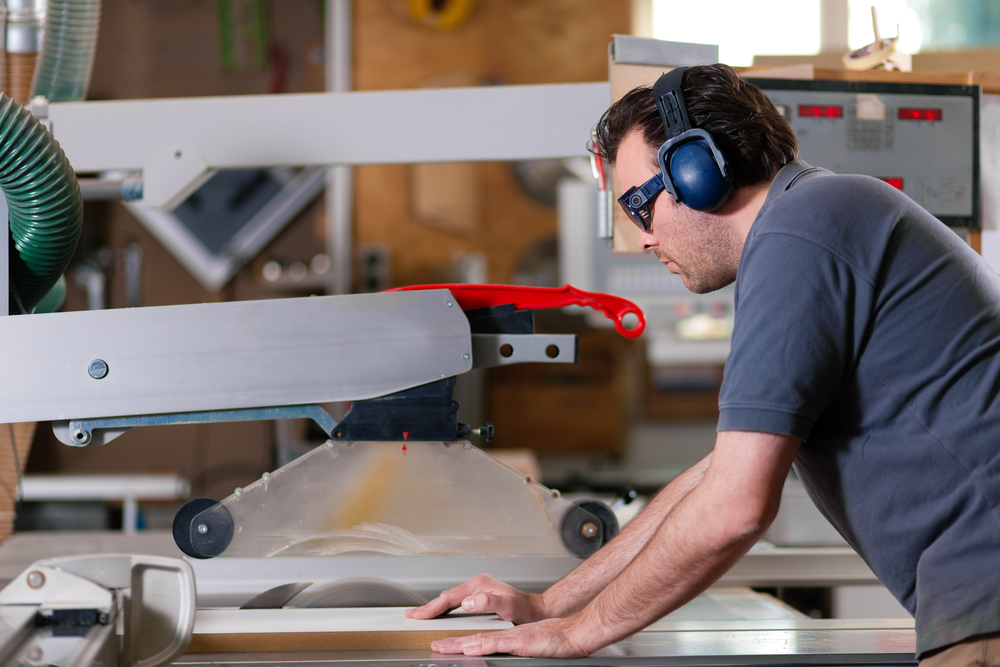
Exposure to noise for prolonged periods poses a considerable risk to your auditory health, particularly in environments where the sound intensity surpasses safety thresholds. It is imperative to shield your ears, not only to avoid hearing damage, but also to help you maintain concentration in loud settings. The question then is, how do you figure out the optimal level of protection needed for your specific needs?
Understanding noise levels and their consequences
When considering the impact of noise, the duration of exposure is as important as the sound’s volume. dB’s are the essential measurement tool for noise, quantifying the volume of sound. Once noise reaches a level of 85 dB or above, it creates a danger to your hearing, mainly if the exposure is extended.
As a frame of reference, 85 dB is about the same volume as the sound of city traffic perceived from within a car. An eight-hour period of continuous exposure can begin to damage your hearing, even if the sound level doesn’t seem overly loud. The more intense the sound, the shorter the safe exposure time:
- Damage can result with up to 4 hours of exposure at 90 dB (Lawnmower).
- Restrict your exposure to 100 dB (Power tools) to less than 1 hour.
- Damage is possible after only 15 minutes at the 110 dB level (Leaf blower).
- 120 dB (Rock concert): Any exposure at this level can damage your hearing.
- 140 dB (Jet engine): Immediate damage and pain can occur.
How to detect risky noise settings
Anyone often around noise at 85 dB or higher, hearing protection becomes an absolute requirement. Such protection is chiefly critical in industrial settings, including plants and building areas, or any places where excessive noise is produced by devices, equipment, or machinery.
Beyond the professional setting, instances like recreational shooting sports, using leaf blowers, or going to shows are examples where you may gain an advantage from using hearing protection due to the dangerous noise exposure.
the NRR)
The Noise Reduction Rating (the NRR) is the standard metric used to measure how well hearing protection performs. Measured in dB, this figure shows the level of sound reduction the device offers. More significant protection is indicated by a larger NRR value. An illustration is a pair of earplugs with a 30 dB NRR, which could lower an 85 dB sound to 55 dB, thereby keeping you securely within the bounds of safe exposure.
In choosing protection, you must assess the exact noise levels you encounter and confirm your chosen protector reduces the volume sufficiently to remain under 85 dB.
Comfort is vital: the foundation to continuous protection
The NRR is certainly important, but comfort is a similarly significant component in achieving steady, sustained use. You might be inclined to take off the protection if it is ill-fitting or cumbersome, thereby exposing your ears to damaging sound.
Comfortable hearing protection supports steady use, lowering the danger of occasional exposure. If, for example, earmuffs feel uncomfortable or are too heavy, you are inclined to take them off periodically, resulting in harmful noise exposure.
Different types of hearing protection available
Different types of hearing protection exist, and each one features unique benefits and drawbacks:
- Offering superior noise reduction, Foam Earplugs are placed inside the ear canal. While they are lightweight and disposable, some wearers may experience discomfort.
- Being reusable and resting just outside the ear canal, Pre-Molded Earplugs are a more sustainable choice and are also easier to insert and remove than foam earplugs.
- Earmuffs, which cover the entire ear, are well-suited for environments with changing noise levels due to how easy they are to take on and off, but they can be heavy or hot during prolonged use.
The optimal choice of protection is dependent on your personal preferences and the specific requirements of your surroundings. Construction workers, for instance, might prefer the convenience provided by earmuffs, whereas factory personnel may choose earplugs for all-day wear.
Ensuring continuous use
To ensure maximum efficacy, you must choose the hearing protection you will wear consistently. Any break in use, even for a short period of minutes, can have long-term consequences for your hearing health. A product that successfully merges convenience, protection, and comfort is, therefore, critical.
Ensure your future hearing health
While noise is ever present in our daily lives, using the appropriate hearing protection enables you to safeguard your ears and continue to appreciate the sounds of the world.
Reach out to us today to discuss your potential for noise-related hearing loss and how to most effectively safeguard your hearing health.

